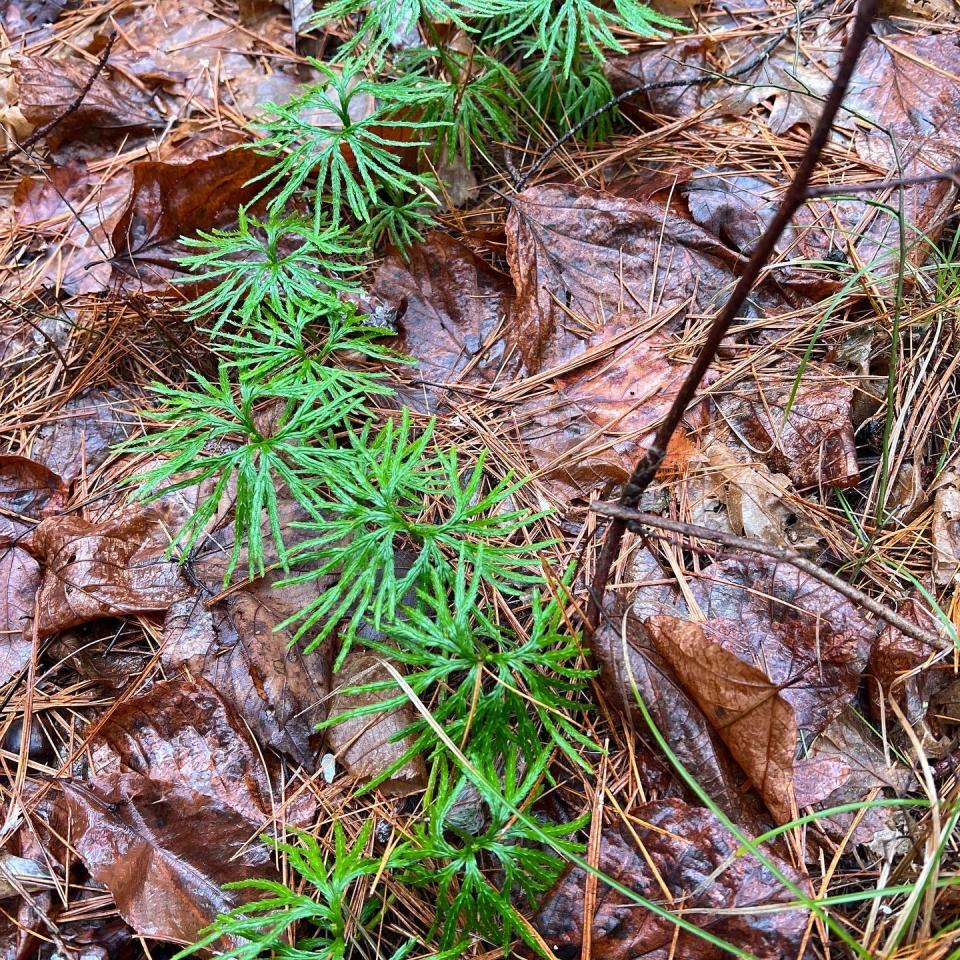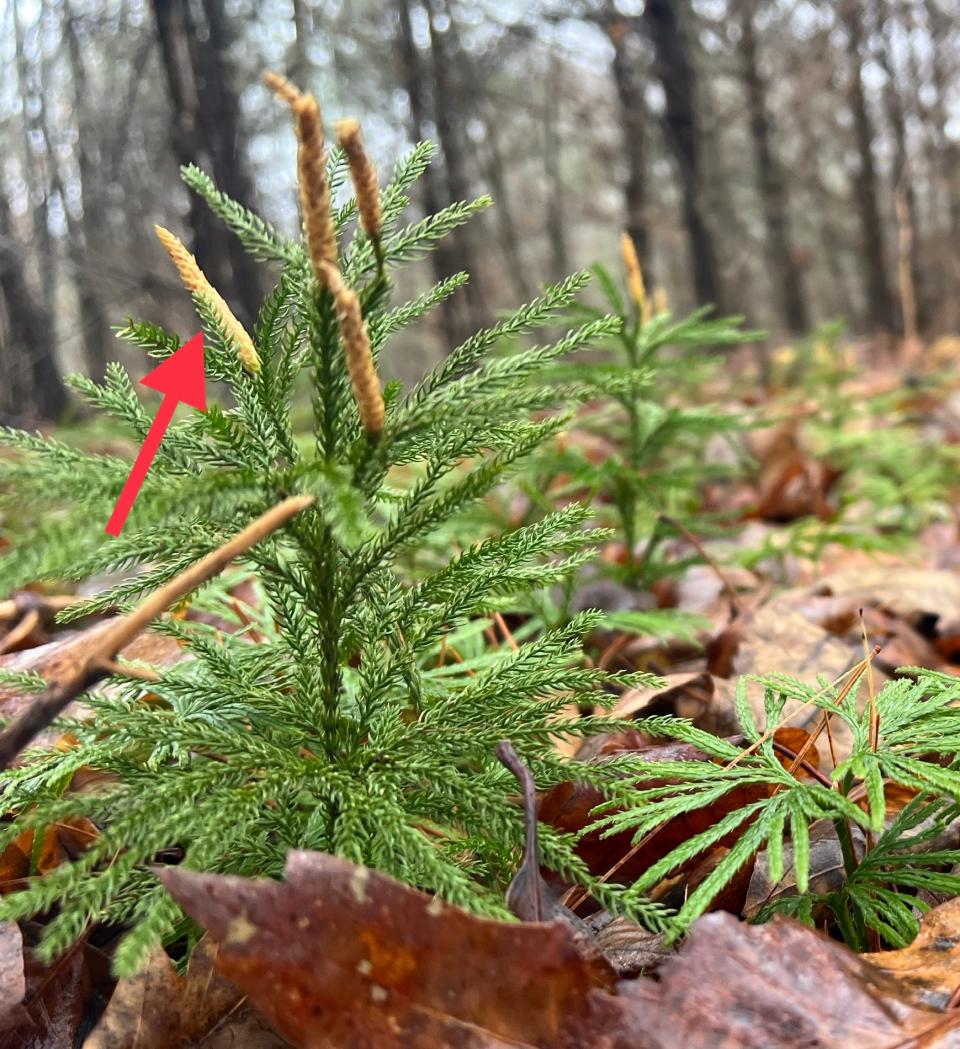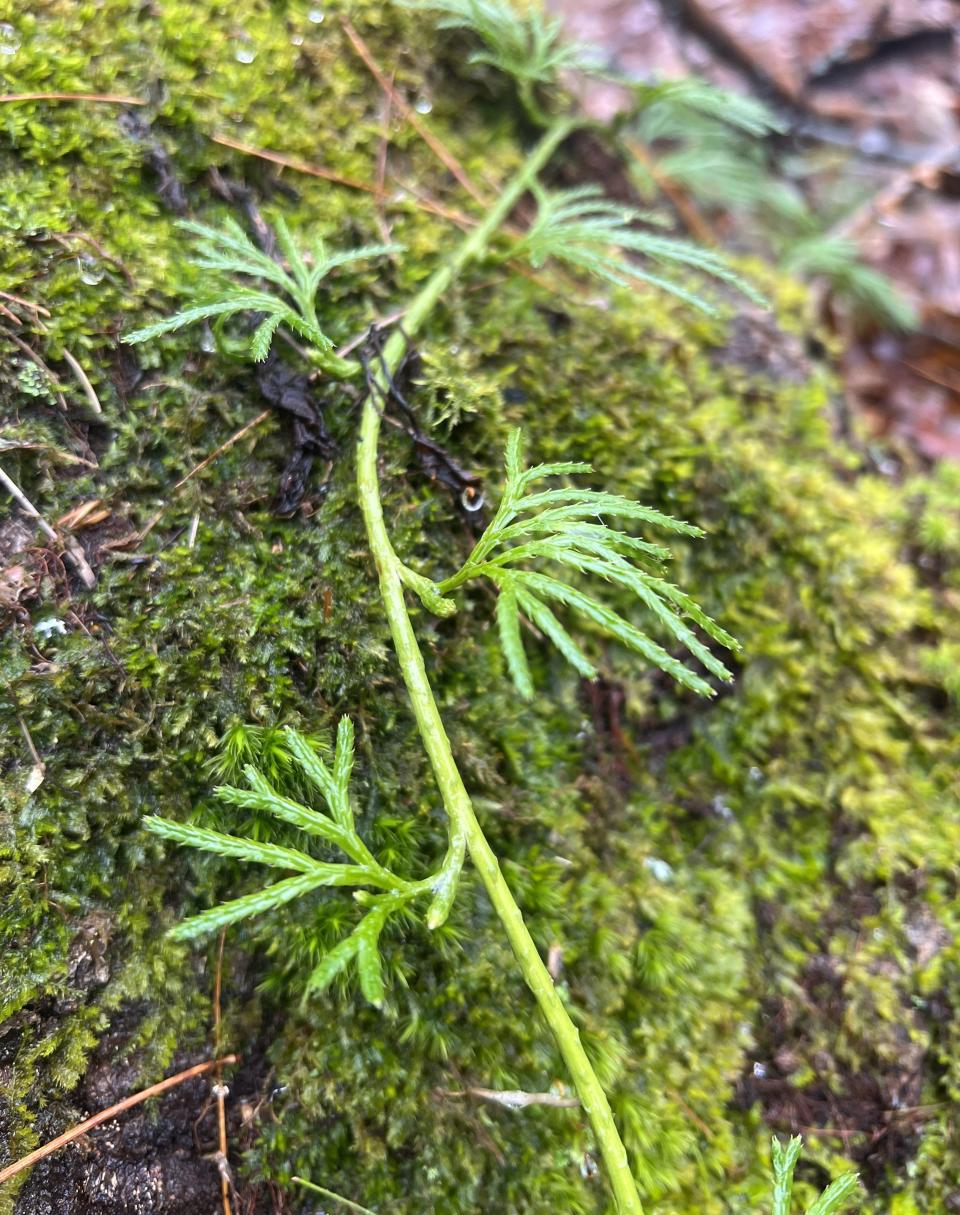How to find joy and green in the woods on a frosty morning: Nature News
The New Year has ushered in, finally, some season-appropriate cold weather.
Still no snow, but a walk in the woods on a frosty morning is a nice reminder that we live in the North. Even though the woods lack the lush vibrancy of summer, a walk in the woods still brings joy. The mental health benefits of nature therapy and forest bathing, which involve spending time in nature, have been widely studied.

While many different aspects of nature most likely influence the benefits of these practices, one important element is the color green (noticeably lacking this time of year). You can get your daily dose of green in winter by walking through a coniferous forest or, as I recently did, by finding a patch of clubmoss on the forest floor to admire.
Clubmosses (aka ground pines) are small, evergreen plants (in the scientific class Lycophyte) that generally resemble tiny pine trees or large mosses. However, they are neither pine nor moss. They are the oldest extant group of vascular plants; some of their ancestors were 90-plus-foot tall forest-forming trees in the Carboniferous. Much of our coal comes from the buried remains of these trees. Nowadays, they typically reach a lofty 7 inches or so.

Clubmosses are primitive plants, like mosses and ferns, and so reproduce using spores (instead of seeds) housed in upright, spikey, yellow structures called strobili. There are usually about two to four strobili clustered at the top of the plant (this varies with species). One of the most fun things to do if you encounter strobili ready to release its spores is to help it by tapping it to release a puff of yellow spores, known as lycopodium powder. This powder is highly flammable when dispersed in the air and was used as flash powder in early photography and even powered the first working internal combustion engine-the Pyréolophore (the name combines the roots words for “fire,” “wind” and “produce,” first used to power a boat.

These are extremely slow-growing plants with a complicated life cycle. One small patch can represent decades of growth! Most of the growth you see is probably the product of asexual reproduction. Once a plant is established, it will spread via rhizomes that grow under the leaf litter (not underground). One patch of clubmoss most often arose from an original plant via these rhizomes. This feature led to the eradication of many local populations of clubmoss in the past, as it was common practice to pull up long strands of lycophytes to use as wreaths and garlands. According to Meredith Gallogly of Grow Native Massachusetts, “Before you run out to harvest clubmoss in a nearby forest or purchase a princess pine wreath, remember that these primordial plants reproduce and grow very slowly. In fact, a colony 100 square feet in size may have taken 100 years to grow. Just a few individuals collecting small amounts could quickly eliminate a local population that would take decades, if ever, to return. For this reason, you should never harvest clubmosses in the wild.

One feature unique to the clubmosses has to do with their vascular system, a system of tubes used to carry water and nutrients throughout the plant. Lycophytes, ferns and all more modern plants have a vascular system. Mosses do not. Lycophytes have a type of leaf (microphyll) that has evolved independently from the leaves of other vascular plants. The microphyll has just one vein per leaf, whereas other plants (megaphylls) have branching veins! I suspect one has to be a bit nerdy to get as excited by this fun fact as I do, however, this is just one of many reasons to look for clubmosses in your backyard, one more reason to get outside on a cold winter's day.
Susan Pike, a researcher and an environmental sciences and biology teacher at Dover High School, welcomes your ideas for future column topics. Send your photos and observations to spike3116@gmail.com. Read more of her Nature News columns online at Seacoastonline.com and pikes-hikes.com, and follow her on Instagram @pikeshikes.
This article originally appeared on Portsmouth Herald: Discovering the wonders of clubmosses in winter: Nature News

